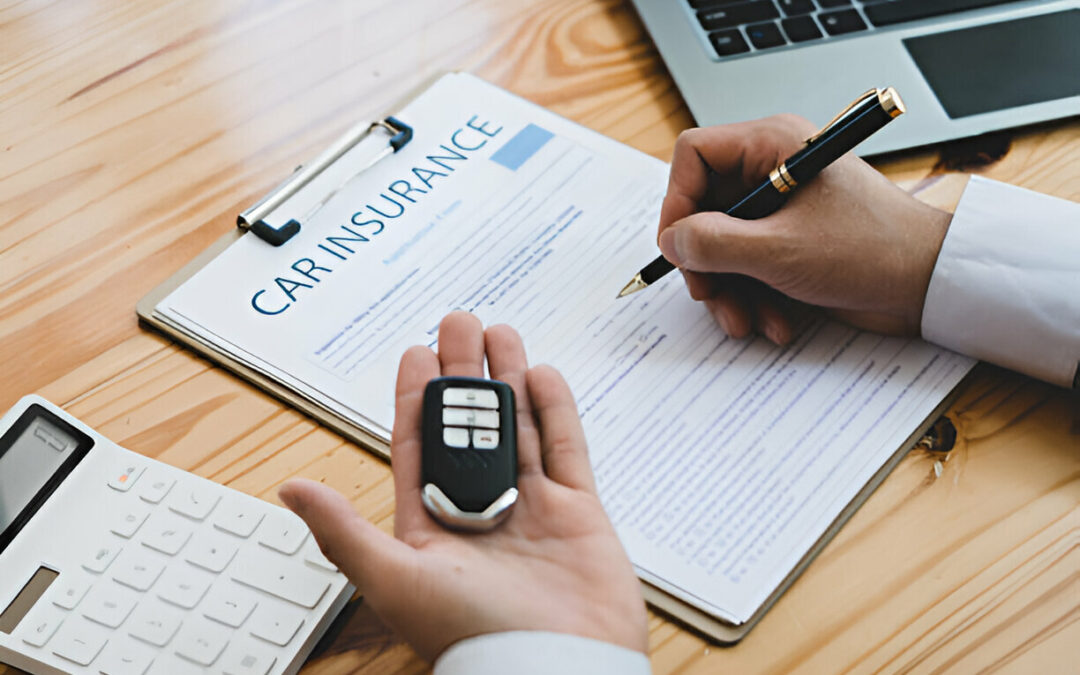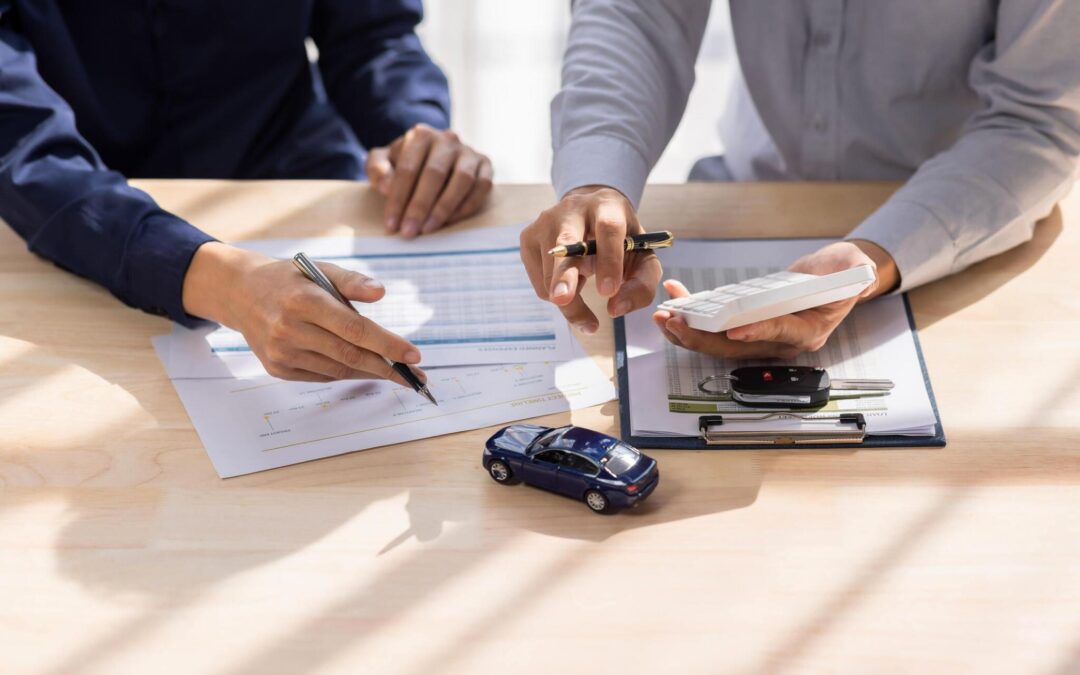What is defensive driving v.s. offensive driving? Being on the road can be a dangerous situation, and there are a lot of things you can do to protect yourself. But what constitutes defensive driving vs. offensive driving? In this article, we will explore the difference between the two and how they are each used to keep you safe on the road.
Defensive Driving v.s. Offensive Driving
What is Defensive Driving?
Defensive driving is a term used to describe a set of skills and techniques drivers can use to help them stay safe on the road. It involves being aware of your surroundings, anticipating problems, and knowing how to react to them. Most defensive driving courses teach drivers how to deal with common hazardous situations, such as bad weather, night driving, and distracted driving. They also teach drivers how to handle more serious emergencies like crashes and carjackings.
There are a few key things to keep in mind when you’re driving defensively:
- When driving, make sure to follow the rules of the road. This includes driving at the speed limit and obeying traffic signals;
- Be alert and don’t drive when angry, emotionally distressed, or under the influence of drugs or alcohol;
- Maintain a three-second gap when following other vehicles;
- Ensure other road users are aware of your intentions – signal early and clearly; and
- Eliminate distractions such as mobile phones, food, and drink.
What is Offensive Driving?
The National Highway Traffic Safety Administration (NHTSA) defines aggressive driving, also known as offensive driving, as “the operation of a motor vehicle in a manner that endangers or is likely to endanger persons or property.” Many behaviors can constitute aggressive driving, but some of the most common include speeding, tailgating, sudden braking, weaving in and out of traffic, and running red lights.
Reckless driving can be considered a negligent act. Specific behaviors that fall into both reckless and offensive driving habits are:
- Exceeding the speed limit
- Running through red and yellow lights
- Screaming or cursing at other drivers
- Improper use of turn signals
- Running red lights
The Potential Advantages of Defensive Driving
By being aware of potential hazards on the road and taking steps to prevent them, you can reduce your chances of being involved in a collision.
It can also help you stay calm and focused when driving in heavy traffic or other stressful situations. And because defensive driving techniques can be applied to any vehicle, they can be useful no matter what type of car you drive.
If you take a defensive driving course, you’ll not only learn how to drive more safely, but you may also be eligible for a discount on your car insurance. Lastly, if you’re involved in an accident, your insurance company may be more likely to cover the damages if it finds that you were following defensive driving principles.
What Can Be Done To Stop Offensive Driving?
Increased and consistent enforcement will improve conditions. R. Novaco points out in “Roadway aggression” (1998) offensive driving is more likely among drivers who feel anonymous, so it’s important to ensure heightened vigilance.
Education and driving training are important because they help ensure the safety of other drivers. Schools must make a formal commitment to promote effective road safety education to foster appropriate behavior from an early age. Schools should also work with other agencies, such as the police, and emphasize courteous driving rather than aggressive driving.
So, what can you do as a driver?
- When driving, it’s important to show courtesy and avoid actions that could provoke others.
- Always indicate before changing lanes, leave sufficient room before merging back into a lane, don’t take up more than one parking space, dip your headlights for oncoming vehicles at night, don’t block the passing lane for faster drivers, etc.
- It’s also important to try and avoid driving when you’re feeling stressed or emotional.
- Be more tolerant of other drivers by using your horn sparingly and being patient with them.
Learn About Your Options With Pacin Levine Today!
What is defensive driving v.s. offensive driving? Now that you know the distinction between the two, if you ever find yourself in a dangerous situation due to offensive driving, contact Pacin Levine P.A. at (305) 760-9085.
Don’t be a Crash Dummy — hire Pacin Levine, P.A. today.












